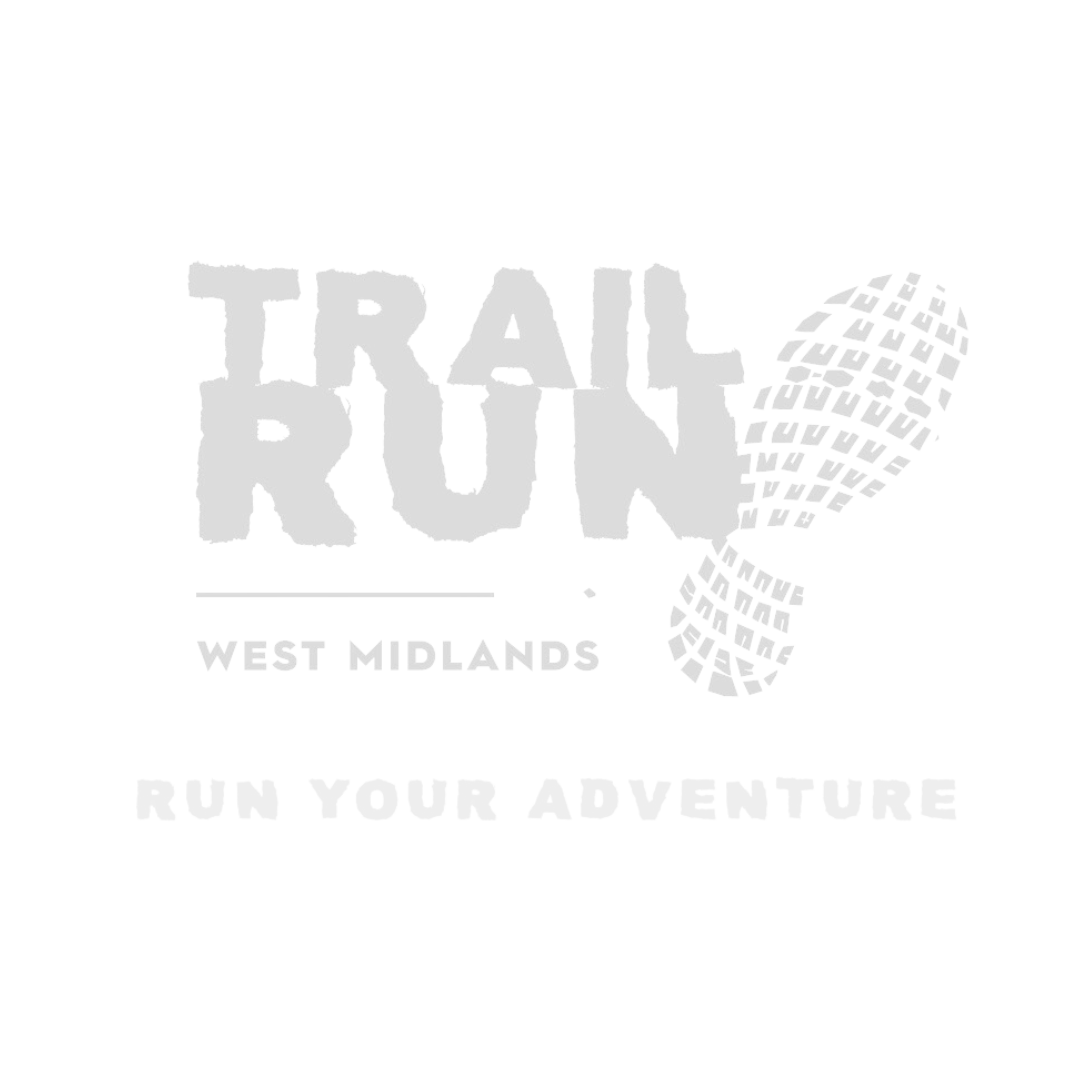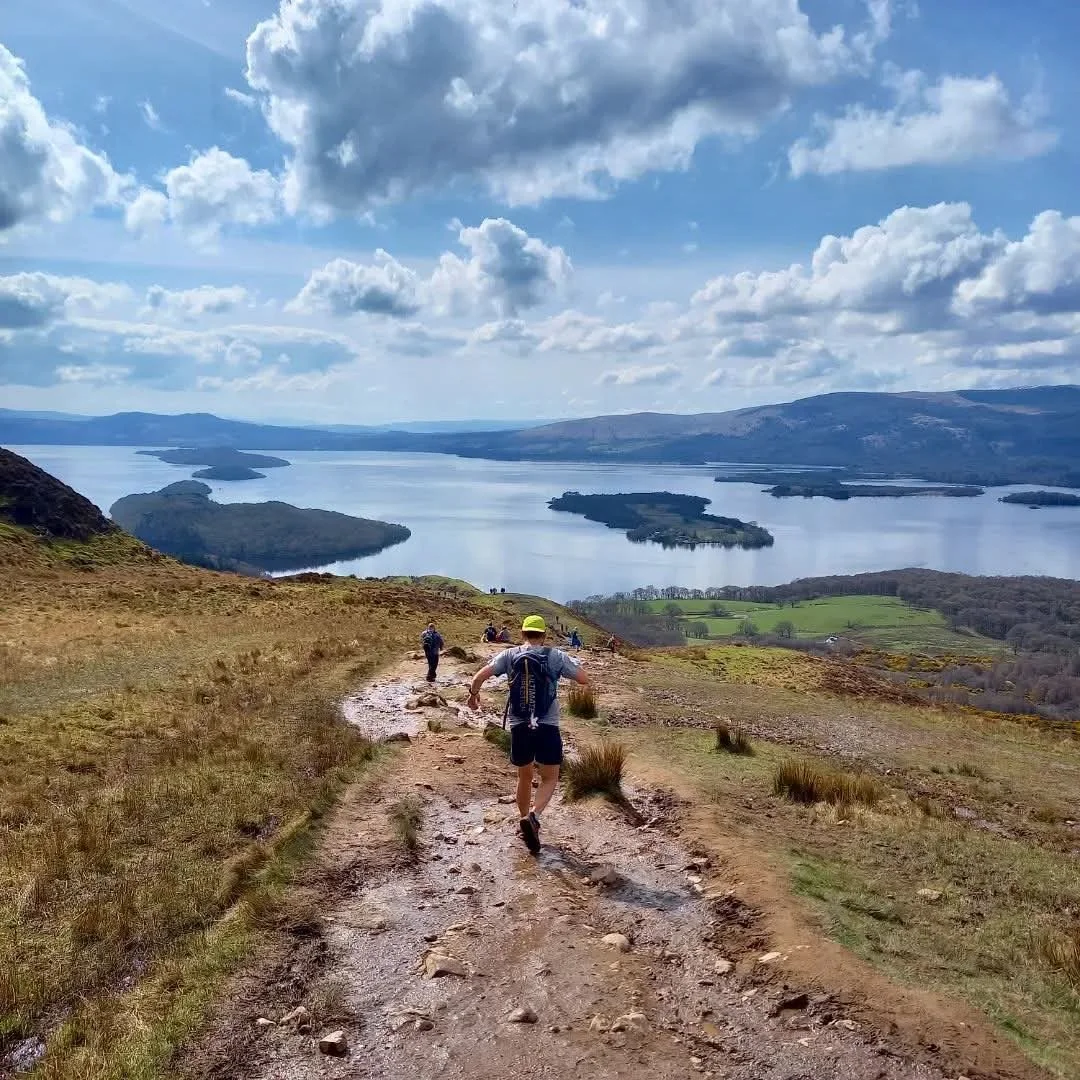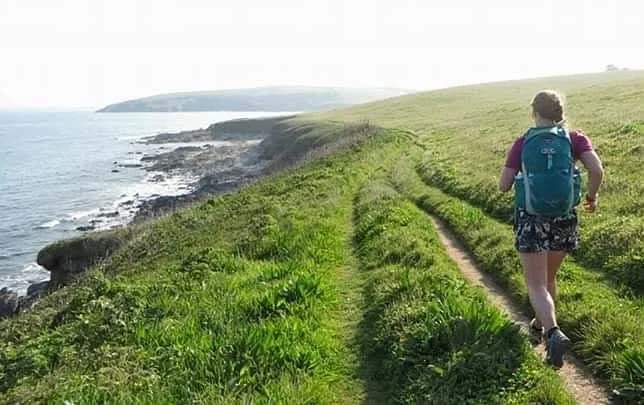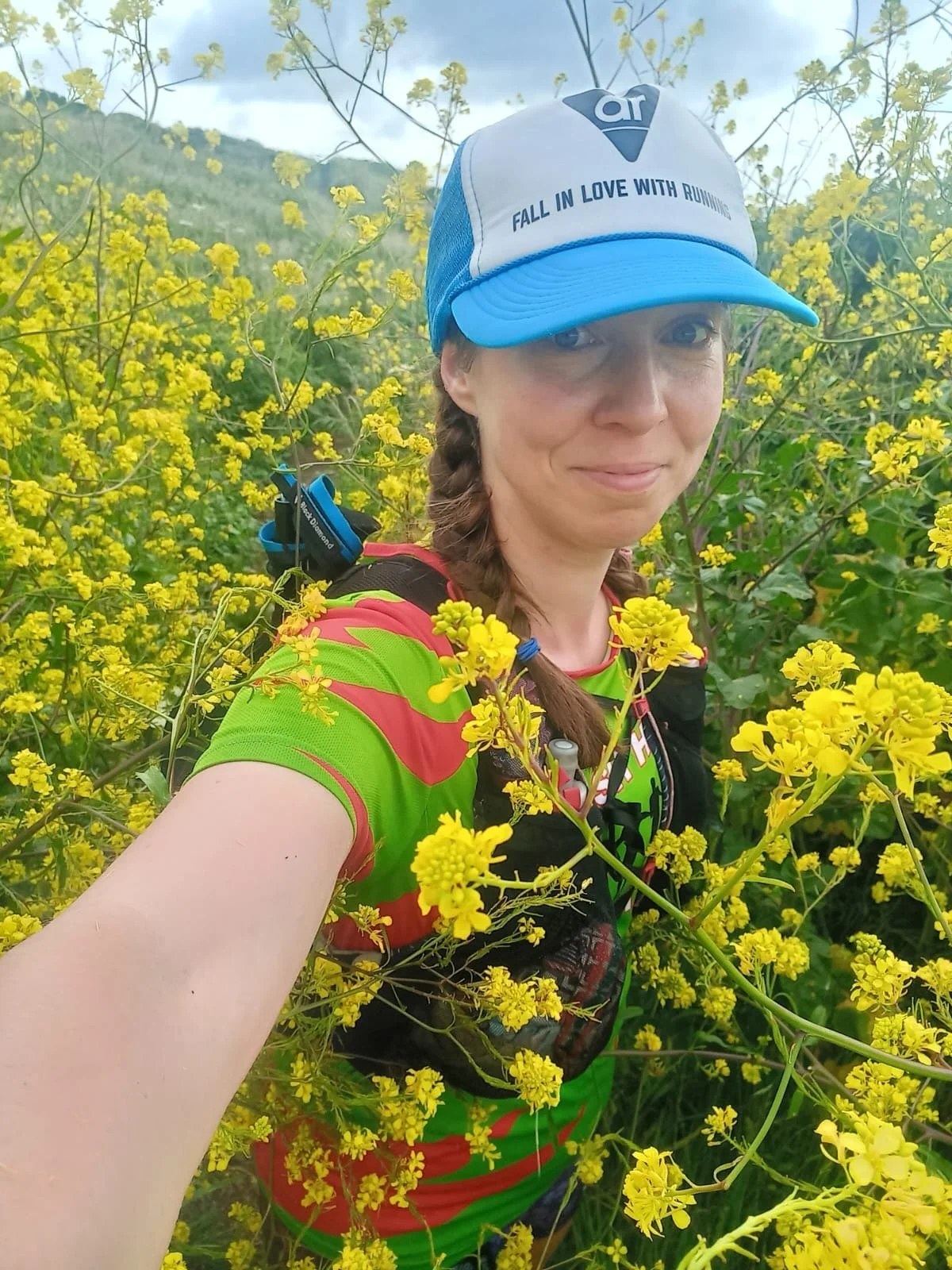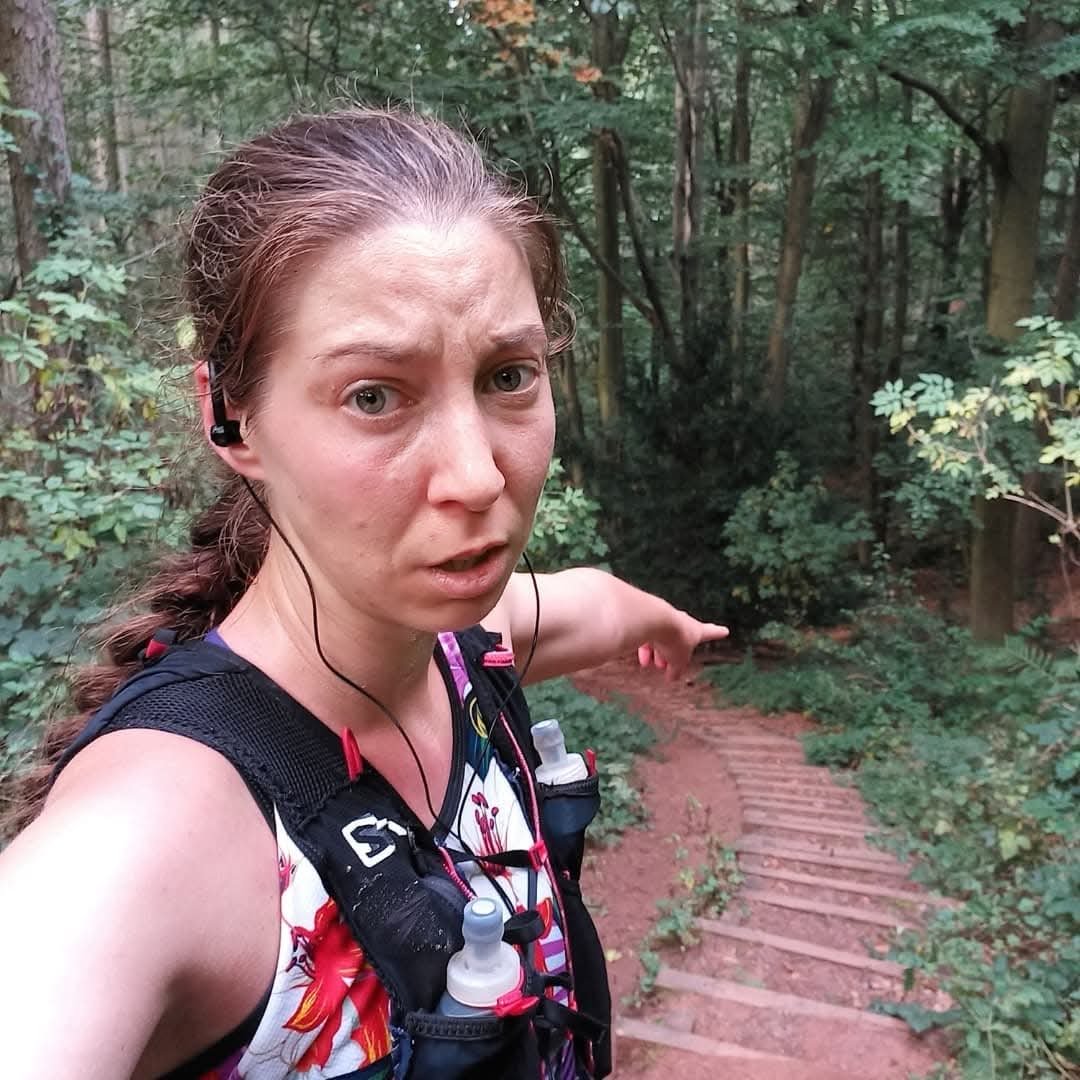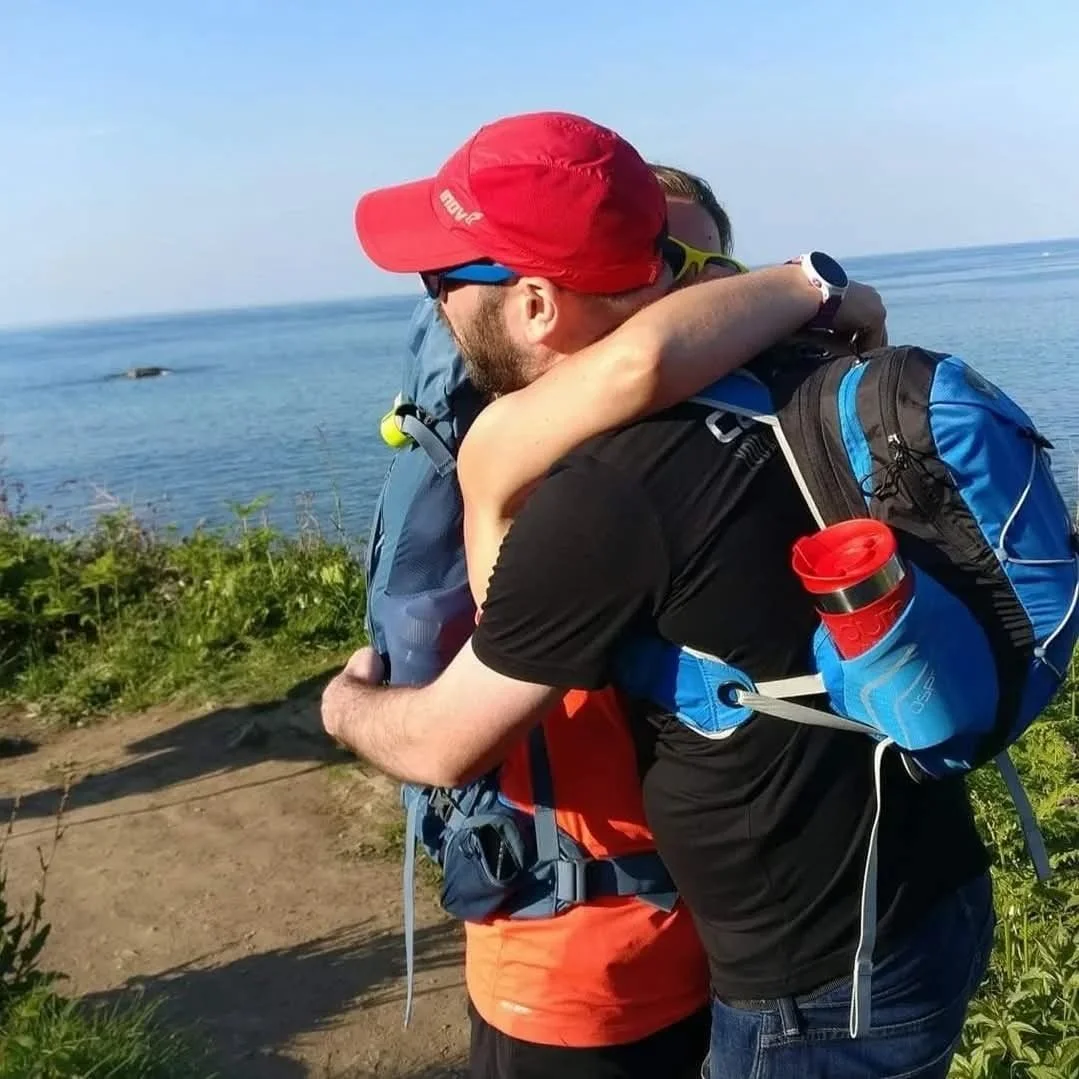“WE’RE NOT IN THE SHIRE ANY MORE, FRODO”, OR, WHY I LOVE A SELF SUPPORTED ADVENTURE” by Leah Atherton
If you’ve known me for more than about 5 minutes and we’re talking running, the chances are that you already know that a) I don’t race a lot, b) I have an abiding love for a great route, and c) I am a terrible bad influence.
Strava and social media can easily have you believing that in order to really “count” as a trail runner you have to be entering races (the bigger and gnarlier the better), you have to be fast (cut to video of Hillary Gerardi flying across mountain ridges like a mountain goat), and that you’ll be judged by the position you finish an event, and how fast you run. On an adventure there are no medals. No finisher’s arch with a sound system. No bragging rights for having done X event.
But there are also no cut offs. No pressure. No Strav-assholes scrutinising your stats.
At its most basic core, for me trail running is about being able to move through a landscape that inspires me at my own pace and under my own power. Self-supported adventures allow me to choose my route and the difficulty level. They offer an opportunity to immerse myself completely in the experience without the driving pressure to perform that can come with racing – especially if like me, you’re a mid or back of the pack runner who is often chasing cut offs. When I go out on an adventure, I can go at my own pace. I can take photos, chat with other folks out running or hiking on the route, make a detour for something interesting like a historical site or a really good blueberry tart. If I want to and the weather is good, I can go for a swim or just dip my feet in a creek and listen to the birds in the trees. Often, this is also where I come up with new ideas for my writing, so it’s not unusual to find me sat in a tree or on a rock somewhere, notebook propped on my knee while I munch a sandwich and scribble down the lines that have come out of the trail so far.
Being able to choose your route and timescales in this way also offers an opportunity for play and creativity in ways I don’t often find in a race environment. Maybe it’s a chance to push hard and set a new FKT on a route that could use a bit more love than it currently gets as a hiking path. Or maybe it’s a way to link places or bits of routes in a way that feels interesting and inspiring to me, even if it’s something as simple as making a route from my doorstep in Birmingham that allows for a big day out with as little time on road as possible, or deciding to follow a canal to somewhere interesting (anyone who’s heard me ask if they fancy a long run for an ice cream knows the danger there too well!). Or, sometimes it’s a chance to throw some gear in a backpack and take a few days to cover a longer route that feels fun and offers a chance to go point to point either camping or staying in hostels along the way.
There is a sense of openness, curiosity and playfulness that comes with choosing your own adventure that almost feels like a small rebellion against the narratives we hear about “harder faster stronger” in relation to sports. Over the years I have been lucky to be able to take on a variety of them, of various sizes and difficulty levels, and I treasure each one. Some have been solo, some have been with a friend or two, and I have learned a lot from all of them.
And that’s the thing about the choose-your-own adventure that you might not realise: you learn SO. MUCH from having to manage yourself for a long period of time that even the most relaxed outing can contribute to you actually doing better in races when you do choose to do them. (Because this isn’t about not racing at all – I’m just saying that there’s life and adventure to be had outside of races too 😉) When you’re on your feet and moving for 4, 5, 10 or more hours in a day, you’re going to go through the same considerations and issues you might experience in a race like blisters, chafe, bonking, getting lost, losing your sense of humour… The thing is, without a regular schedule of checkpoints with nice volunteers to feed you pizza and cajole/bully you back out of a chair, the only person who is going to be dealing with your bullshit is YOU. So you get really good at managing yourself – learning how to triage lows, fuelling proactively, learning to resupply efficiently and what works for you when you can’t rely purely on sports nutrition (never underestimate the power of the tactical cream tea). You’ll get lost, take on more than you can chew, get scared and learn how to encourage and calm yourself through it.
You’ll learn how to push through way more than you thought you were capable of – whether that’s doing back to back days, or realising that thanks to your travel shenanigans you now have 10 hours to run 42 miles before the pub stops serving dinner at your first day’s finish point, which genuinely happened a couple years ago on the first day of a West Highland Way fastpack with my friend Lenny. But you’ll also learn when to pull back and actually say that enough is enough – like I had to on my 2024 midsummer project running the West Penwith Loop and realising that with conditions making me move slower than planned, I’d be doing the gnarly 6 mile section into St Ives in the dark, alone, with thick mist coming in and then another 11 miles cross country on a route I didn’t know super well. Years of spending time out on the trails alone and in a variety of states meant I knew that I could technically push through and finish the loop, but it wasn’t worth the risk so I called it, left the path and got a cab back to my start point from the Tinner’s Arms at Zennor and felt zero shame.
Every single adventure teaches you something new, and shows you a new facet of yourself like a kaleidoscope. I am a stronger, more confident and crucially, more at peace runner thanks to those days and miles on the trail, both alone and learning from and with friends.
So, if I’ve tempted you to the dark side and you’re considering Bilbo Baggins-ing it and being nudged out of the door on a little adventure, where should you start?
First, and foremost, consider where you are at right now in terms of not just your fitness, but your confidence. This isn’t a race, remember – you don’t have to go for the biggest, scariest route you can find.
For those first couple of adventures, I’d recommend either:
a local walking route you can do in a single day at a comfortable pace (and I really mean comfortable here); or
a 2-3 day route where you can break up the distance sleeping in B&Bs or youth hostels
Whichever of those you decide to go for, I’d also recommend looking out for these things:
good public transport connections at the start/finish so you can get home
plenty of bail points if you need them, where you can access public transport or some way to get you back home
a route that is well marked and maintained so you’re not worrying about getting lost
a good number of cafes/shops/pubs or similar along the route where you can top up your water, get something to eat and if needed sort out any kit issues
great views, historical significance, or something to make the route interesting for your mind
Once you’ve picked out where you’re going and how long it’s going to take you, from there on a single day adventure it’s no different than packing for a race – you’ll need the same mandatory kit to keep you safe (waterproofs, warm layers, food, water, a bivvy sack and med kit etc etc). Multi days need a bit more that you’ll need to carry, but at heart so long as you’re able to move comfortably and can accept that you’ll be a bit smelly and gross by the end either way, aren’t a huge deal different. Crucially on the matter of kit, this is an ongoing learning process – you will make mistakes, you will forget things, you will overpack or find that there are issues with what you did pack. That’s normal. Embrace it – it’s all part of the adventure, and again it feeds into helping you manage yourself when you do find yourself in a race because after you’ve done a few adventures none of those things will send you off the deep end.
So if you’ve made it this far, here are a few of my absolute favourite beginners adventure routes that I would recommend in a heartbeat.
SINGLE DAY:
The Classic Quarter Route: Lizard Point (the most southerly point on the mainland) to Lands End (the most westerly point) – 45 miles of pure coastal gorgeousness
Birmingham to Stratford-upon-Avon along the canal: it’s a lovely round 50k from Gas Street Basin in the city centre, the canal takes you through some lovely spots and you can joke that Shakespeare’s gotta get paced
The South Loch Ness Trail: 42 miles from Fort Augustus to Inverness via a mix of gravel paths, disused roads and forest trails with some fantastic views.
MULTI DAY:
The West Highland Way: a classic for a reason, 96 miles from Milngavie to Fort William, but easily broken up into multiple days – 3-4 days is lovely as a run so you’re doing roughly a 26-30 a day
The Great Glen Way: 79 miles from Fort William to Inverness along the eastern shore, following the tectonic fault line northwards. Easily broken up into 3-4 days of running, and has one of my favourite views in the world
The Rennsteig: 110 miles along the spine of Thüringen from Eisenach to Blankenstein through forests and mountains that look straight out of a Brothers Grimm fairytale. It splits nicely into a 4-5 day adventure, and you can make sure to have a spare day at the end to go to the thermal baths near the finish
Hopefully those have got your creative juices going and maybe planted some fun ideas in your head.
In the end, we run off road because it’s fun. Choosing a self-supported run – whether you’re striking out solo or making memories with a mate – is all about tapping into that and making the most of your ability to move through places that inspire you under your own power.
Happy adventuring.
